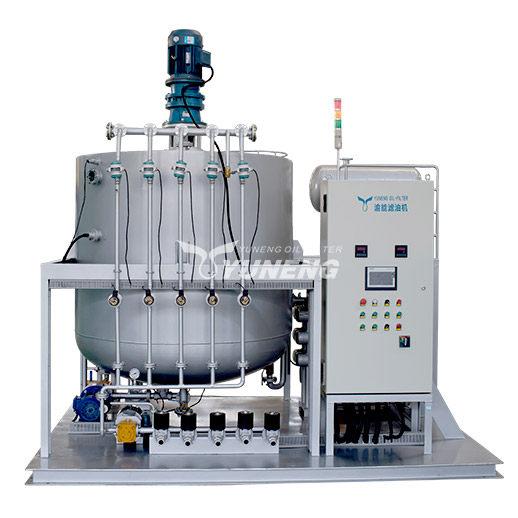Selecting the right oil blending machine is crucial for lubricant manufacturers aiming to optimize production efficiency and product quality. With various blending technologies available, it’s essential to consider key features that align with your production needs. This guide explores the critical factors to evaluate when investing in an oil blending machine.
- Blending Capacity & Scalability
Determine whether you need a batch blender (for smaller, customized blends) or an inline blender (for continuous, high-volume production).
Ensure the machine can scale with future production demands without requiring a complete overhaul.
- Mixing Technology
Different blending methods impact efficiency and final product quality:
High-Shear Mixing – Ideal for blending additives that require thorough dispersion.
Agitation & Recirculation – Ensures homogeneity in high-viscosity oils.
Static Mixing – Best for low-viscosity fluids with minimal energy input.
- Automation & Control Systems
Modern oil blending machines should include:
PLC Controls – For precise recipe management and repeatability.
Touchscreen HMI – User-friendly interface for operators.
Real-Time Monitoring – Sensors for viscosity, temperature, and flow rate to maintain consistency.
- Material Compatibility & Durability
Stainless steel construction is preferred for corrosion resistance, especially when handling synthetic oils or aggressive additives.
Seals and gaskets should be chemically resistant to prevent degradation.
- Cleaning & Maintenance Features
CIP (Clean-in-Place) Systems – Reduce downtime between batches.
Easy-Access Design – Simplifies maintenance and inspection.
- Compliance & Safety Standards
Ensure the machine meets industry regulations such as:
ATEX Certification (for explosive environments).
ISO Standards for quality management.
Conclusion
Investing in the right oil blending machine requires careful consideration of capacity, mixing technology, automation, and compliance. By prioritizing these features, manufacturers can enhance efficiency, reduce waste, and produce superior-quality lubricants tailored to market needs.

